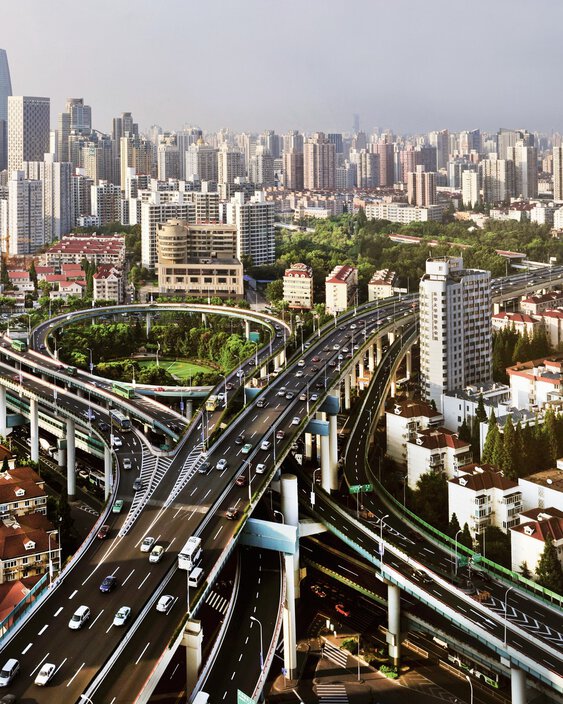
Megacities
Megacities are the breeding ground for a wide variety of (re)insurance claims.
Loading ...
In general, cities with a population of more than ten million are called "megacities". Very often, the term "metropolitan area" is used as an alternative, as it includes the metropolis, their surrounding suburbs and adjacent rural areas.
While only about 30% of the world's population lived in cities in 1950, today this figure is about 57% and is expected to rise to 68% by 2050. According to the United Nations, for the first time in history in 2007 the majority of humans lived in cities, many of them in megacities and their extended suburbs. Current calculations anticipate that within the next 20 years the urbanisation rate in industrial countries will increase only slightly, whereas in developing and threshold countries their cities will have to absorb nearly the full growth of the world population until 2030. This development will be driven primarily by India, China and Nigeria. These countries will probably account for one-third of the global urbanisation trend. Delhi is projected to become the world's most populous city by around 2028, overtaking Tokyo, which has a declining population.
The unbroken growth trend in metropolitan areas is associated with several problems that may easily overburden the local infrastructure. In particular, there is an increasing need for food, drinking water, energy and living space. Limited access to health care, education and public transport are only some further aspects that highlight the complexity of an unlimited increase in population.
It is well known that especially in developing countries most of the aforementioned problems have not been resolved and have already led to substantial negative social and economic consequences for large parts of the population. Due to the speed of population growth, substantial improvements cannot be expected in the near future.
Claims related to megacities can predominantly affect four insurance lines:
Product liability
In case of technological disasters, companies may be held liable to compensate in particular personal damages and environmental damages. While personal damages are covered under product liability insurance, environmental damages have to be paid via environmental liability policies. Historically, chemical plants seem to be at risk of explosion and / or fire catastrophes (e.g. Seveso 1976, Bhopal 1984, Sandoz fire near Basel 1986).
Life & health insurance, personal accident
Natural catastrophes and also terrorism risks are in general covered under life, health and personal accident insurance. High exposures are also associated with nuclear risks, fire and explosion damages and traffic accidents, especially air or train disasters. Infectious disease outbreaks like epidemics or pandemics represent an additional risk in life & health insurance, as regional or global outbreaks of infectious diseases may affect millions of lives at the same time. As chronic cardiovascular and airway diseases are linked to air pollution, the health insurance industry will probably be affected by increased expenditures to treat these conditions.
Property and engineering
Property insurance covers may be hit after natural or technological disasters or by terrorist attacks. As insured material assets have grown tremendously over the last decades in megacity areas, there is a substantial accumulation risk for property insurers. Due to limited space, the trend towards construction of skyscrapers remains unbroken. Complex constructions sites increase risks for both structural and civil engineering.
Business interruption (BI), transport and marine, aviation
Substantial BI claims can be expected after natural and technological disasters or infectious disease outbreaks. Business interruption losses were one of the major effects of the SARS-CoV-2 pandemic on the (re)insurance industry. Transport disasters (train crash, air crash) will affect the respective policies in transport, marine or aviation business. In addition, these policies are exposed to natural disasters or terroristic attacks. For example, a seaquake may affect airports on artificial island like Tokyo (Haneda) or Osaka (Kansai). The Japan tsunami in March 2011 flooded the airport of Sendai within minutes.